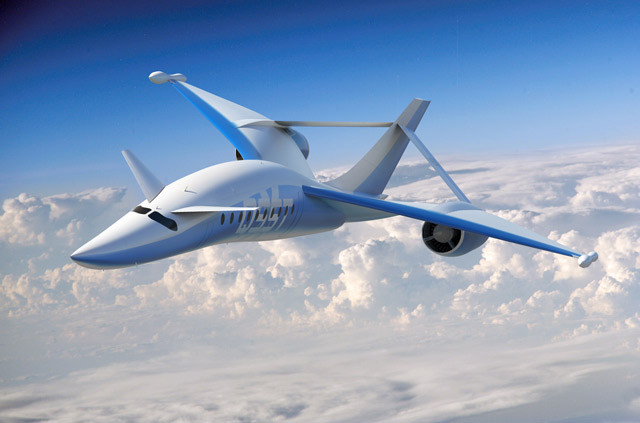Supersonic Aerospace International (SAI) has resurrected the quiet supersonic transport (QSST) after a three-year hiatus and relaunched the concept as much larger, Boeing 737-sized aircraft to operate as an all-first-class airliner.
SAI boss Michael Paulsen, the son of Gulfstream founder Allen Paulsen, is again seeking an international consortium of investors to finance a two-year, $400 million advanced study phase.
Paulsen also is recruiting an OEM to oversee the follow-on four-year development and certification phase, with an estimated price tag up to $6 billion.
"We're kind of open to whatever makes sense," Paulsen says.
 |
|---|
 |
Supersonic Aerospace International |
SAI was formed shortly after the death in 2000 of Allen Paulsen, a promoter of supersonic passenger aircraft. SAI commissioned Lockheed Martin Skunk Works to develop a business jet-sized QSST, leading to what is described as a "virtually boom-less" design featuring a gull-wing, inverted V-tail and curvilinear fuselage.
But the concept stalled in 2010 amid a dispute between licence holders on more than 20 patents held by SAI over the direction of the company in the wake of the post-2007 global financial crisis.
As the market slowly recovered, SAI re-imagined the QSST as a much larger aircraft with 4,500nm (8,330km) range, 20-30 seats with 48in (122cm) pitch and catering to the niche market for all-first class airline routes.
Such a concept scales up the QSST-X to a maximum take-off weight of about 90,700kg (200,000lb), Paulsen says. It would remain capable of a cruise speed of Mach 1.6-1.8. SAI would seek to change the aluminium-lithium fuselage conceived in the initial design phase a decade ago to an all-composite structure.
SAI's concept still faces many of the same technical challenges that loomed before the QSST's involuntary hiatus began three years ago. There remains no purpose-built propulsion system for a supersonic civil transport aircraft, although Paulsen is encouraged that recent developments in subsonic turbine efficiency can be adapted to supersonic applications.
Source: Flight International



















